Contractor Sales, Reinvented - PODCAST TRANSCRIPT
June 10, 2025 at 11:00 a.m.Editor's note: The following is the transcript of a live interview with Pam Torrey of Ingage. You can read the interview below or listen to the podcast.
Intro: Welcome to Roofing Road Trips, the podcast that takes you on a thrilling journey across the world of roofing. From fascinating interviews with roofing experts to on the road adventures, we'll uncover the stories, innovations and challenges that shape the rooftops over our heads. So fasten your seat belts and join us as we embark on this exciting roofing road trip.
Karen Edwards: Hello and welcome to another episode of Roofing Road Trips from RoofersCoffeeShop. My name is Karen Edwards and today's topic is going to be all about the tools and tactics behind building a high-performance sales team. And I'm thrilled to welcome Pam Torrey from Ingage. Pam, welcome.
Pam Torrey: Hi. It's great to be here.
Karen Edwards: Yeah. So for those who might not know who you are and or what Ingage is, could you introduce yourself?
Pam Torrey: We'll start off with what Ingage is. So Ingage is the industry-leading sales enablement presentation platform for home improvement and home services. So what that means is that we help our contractors to create dynamic, interactive, engaging, pun intended, content, leveraging things like interactivity, native video, compare sliders, all the things that really keep people plugged into a presentation. We help them to share out that content with their whole team, ensuring everyone is using the latest version of the presentation through our cloud-based platform. And then on the back end, we help them to measure the impact of that content and coach every rep to become their best rep using rich analytics. So we're really here to provide that sales enablement content to give your team the tools they need to win.
Pam Torrey: And then I have a slightly different background. So I'm a pretty unusual marketing director for a company because I have no degrees in marketing. I have no academic background in marketing at all. In fact, I have two degrees in vocal performance with an emphasis on opera and 19th century art song. So not really a typical background, but I started off in business doing B2B sales for Apple and then moved into doing lead generation, event marketing and other types of marketing activities for a FinTech company. Realized I really liked doing that and then got brought over to Ingage by our former sales VP. He and I had been friends for a really long time. He's like, "Hey, we got a really cool company here."
Pam Torrey: I came in a sales role and then three months later the pandemic hit and we had no internal marketing. And so I was like, "You know what, I know how to do that job. I've done it before. I know how to do it. Give me a chance." And because our company is really cool like that and because this company really lets you carve out your own path, they did. And I started doing our marketing and took over the department and next thing you know, it's been five and a half years.
Karen Edwards: Wow. Yeah.
Pam Torrey: Here we're today. So unusual.
Karen Edwards: And you're still singing though, right?
Pam Torrey: Yes, I am.
Karen Edwards: You told me you just were doing that this weekend.
Pam Torrey: Yes, I do still sing professionally pretty much only on the weekends. I overdid it this weekend. So we're here, we're doing it. If I sound a little rough, it's because I did too much singing.
Karen Edwards: Excellent.
Pam Torrey: But yeah, it's a great company to work for. It's a great company in the industry too. We really love the contractors that we work with.
Karen Edwards: Yeah, yeah. So that's why you're here today. We want to talk about, because you work with contractors all across the country.
Pam Torrey: I do.
Karen Edwards: And I want to talk about what a sales culture can look like in a contractor's business. Because I know there's a lot of companies that maybe they have multiple salespeople and everybody's kind of out there on their own, right? You do it your way, you do it your way. So what does that look like to create that sales culture in a business?
Pam Torrey: Yeah. We have a partner that we work with, her name is Briana Hetherington. She's from Altruistic Advisory and she says something that I just think about all the time when I'm talking to sales leaders, which is like you have to figure out the why behind your company. You really need to understand why you're in business. Why is this company here? Why are we installing roofs? Why are we doing roofing and siding? Why are we doing metal roofing? To be able to build a sales culture that feels cohesive and that makes people want to be there because your sales reps could work literally anywhere. Sales has high turnover. A lot of sales reps are really out there. They're just trying to make their money. They're working on commission. They want to get that check because it's their job and they're trying to build a life for themselves and for their families. Why do they want to work with you?
Pam Torrey: And I think that if you can identify that as a sales leader, if you can figure out the why behind your team, you're going to be able to create a place that they want to work. And I think the other big thing is ensuring that your team feels like they're listened to. Because again, you said they're field sales teams, they're out in the field. They are taking appointments all day long. They don't spend a lot of time in the office. They may not get a lot of face time with their manager after they've been onboarded. And so how are you making sure they feel listened to? Do you have ways for them to be able to give feedback? Do you have a regular cadence of one-on-ones? Do you have a team meeting every week or at least every other week?
Pam Torrey: Are you going over their KPIs and their analytics? Are you ensuring that they don't get surprised by bad feedback? Are you ensuring that you're having constant communication so that when performance reviews come up, nothing is a surprise in that performance review? Those are the things that I like to think about. It's making sure that everybody's rowing in the same direction with the same mission, but also that they feel like they can tell you when something's wrong.
Karen Edwards: So tell me a little bit about, because you mentioned when you introduced Ingage, the behind the scenes that gives you the data and the performance. How does that work and how does that help salespeople improve or do better?
Pam Torrey: Yeah, so we have analytics that could do a lot. Our analytics are very powerful, but I like to think of them focused in two separate directions. So the first would be the content-based analytics and that's really there to help sales and marketing leaders be able to figure out what's working in the sales content, what's not working, what the homeowners responding to consistently, what your sales reps might be skipping over consistently. Those analytics are really there to help you refine your presentation. So if I'm the person creating the content, that's really what I'm looking at to make sure that it's doing what I need it to do.
Pam Torrey: On the other side of the analytics, we have the more granular rep-based information. So we have information on how long the sales reps present, so you can actually look at that over time. You can look at averages of that. You can compare your reps to each other. We also have a functionality that's called the virtual ride-along. And so if you do a weekly meeting with your sales reps and you want to go over one appointment that they won and one appointment that they lost, which I know some of our contractors do, it's a really great tool because it allows you to literally go through their entire presentation from that appointment in Ingage and see what they presented, what order was it presented in, how long did they spend on each element?
Pam Torrey: Did they leave the presentation at some point and come back? The data will tell you that. And what's great about it is that you can go through and really say, "Okay, what happened here? What happened here?" And you can see the one that was won versus the one that was lost, were there any notable differences between these two presentations? And we actually integrate with the major voice recording softwares out there. So if you use a tool like Rilla or Siro, we actually integrate with them. And so you can get the complete picture if you're using one of those tools as well for this particular type of coaching opportunity.
Pam Torrey: So it helps the sales manager to hear and see what happened in the appointment. I always say if you're just going to record the call just verbally, you are going to miss out on a lot of it because most people learn through visuals. People are visual learners and so you need to know what the customer was seeing to be able to provide really good feedback. Because you can have a rep who memorized the talk track. I have a performance background. I can memorize anything. Used to be on my resume as a special skill was that I could memorize large blocks of text very quickly.
Pam Torrey: You have a lot of sales reps out there who are great at memorizing talk tracks because that's how they were trained and they have that skillset. But your customer doesn't learn that way. Your customer learns from visuals. So it's so important when you are going through appointments that your reps have run to know what the customer was looking at, because that can really give you a lot of information about why they chose to buy or why they chose to pass on your company.
Karen Edwards: Right. And I think memorizing a talk track runs the risk of maybe you're not listening as much to the customer, right?
Pam Torrey: It happens. I have been guilty of it myself. Like I said, I did sales before. And you can memorize the talk track, you can memorize all the features and benefits, but sometimes that's not enough.
Karen Edwards: So I want to make sure that we talk a little bit about AI because it's the buzzword. Everybody's talking about it. People are making action figure dolls of themselves. It can do some fun things. But I want to talk about it's role in sales and how, like you mentioned some of the voice softwares, Rilla, I believe that uses AI in analysis. So what are some of the ways that AI is really helping contractors in the world of sales?
Pam Torrey: I think that AI's most useful function for sales is to make your team more efficient. It is to help your team to scale without having to hire additional resources. That's how I like to think about AI. So again, I'm a marketer. I'm also a creative. I have a lot of hangups about some of the creative use cases for AI because I've seen some of what it produces. So on the creative side, for some reason, AI image generation can't get hands right.
Karen Edwards: No.
Pam Torrey: It cannot get hands. If you want to know if an image is AI, look at how the hands are built. They're going to be a little wonky. But what AI is really great at is replicating repeatable processes. It is really great at administrative work. It's really great at data enrichment. It is really great at automating processes that your team would normally spend time doing. And so when I think about it in sales, what does that mean? That means automated follow-ups. So if you don't close a customer in one sit, if you're a one call close operation, how are you leveraging AI for your rehash campaigns?
Pam Torrey: If you are a person who is... You don't have a big call center team and you're trying to stay on top of people who've scheduled appointments, maybe the appointment's out a couple of weeks because the homeowner didn't have any availability, how can you use AI to reach out to those customers in the meantime and keep them warm? How can we leverage AI to help us research the customer? Is there a tool out there that can do data enrichment? So you go in understanding more about their home before you get there, so you look like you really did the work. How can we use these AI tools to make ourselves more efficient, to shorten that sales cycle, to really make the customer have the best experience possible?
Pam Torrey: And then on the back end, there's so much AI can do with data and with analytics. One of the biggest issues that we've run into with data is we have too much of it. We have too much data and it's the opposite problem that we had when I started in this industry. When I started in this industry, there were a lot of people who didn't even have CRMs.
Karen Edwards: Right.
Pam Torrey: They were out here just doing what they do well, which is talking to customers and putting roofs on. They had that human connection. They were doing what they do best. But this industry's had massive technological change and everybody's collecting all this data now. They've got data out of their CRM, their marketing tools, their social media, they've got email automation. They have all of their sales tools that provide them with analytics. And I think that much data can be paralyzing sometimes. You can just look at it and be like, "I don't know what I'm supposed to do with all of this."
Karen Edwards: Right? Where do I start?
Pam Torrey: Yeah, what do I do with all of this information? AI is such a fantastic tool for helping you to analyze that data. If you get really good at writing prompts for AI, if you can figure out how to ask the AI the questions that you need answered, AI can process that information for you to save you time and allow you to do more. From a sales manager perspective, it really gives you the answers that you need to coach your team. So instead of spending days and days and days processing all of that data, AI can tell you in a matter of seconds what you need to know and then you can work to take that information and craft a coaching plan for your reps instead of spending all of that time on just figuring out what you need to know.
Pam Torrey: It really helps to scale your ability to do your job if you are using it correctly. And the one caveat I always put in for AI is that you do need to have a human layer touching AI at all times. I would never, ever recommend that you just let the AI loose on customers without having somebody verify what it's going to be doing. Because AI learns from the internet.
Karen Edwards: Right.
Pam Torrey: As we all know, the internet is not always the most hospitable place. It's not always the best place and so use it, but just make sure that you've got somebody in there verifying things. My team, my marketing team uses AI to help us out with writing copy. We use it to take things that we've already written and rework it for different platforms because as we all know, especially all my small business owners out there, you know for a fact that Google, Facebook, Instagram, LinkedIn, TikTok, they all have different algorithms.
Karen Edwards: They do.
Pam Torrey: And you have to change your copy and your emojis and your hashtags and the way that you phrase things to work for those algorithms. Is it a great use of your time as a small business owner to be rewriting that copy every single time? Absolutely not. Do it once, do it really, really well and then feed it into the machine to rewrite it for the other platforms and just go back and edit it. That's a great use of AI to help you with a project, but it has a person as a layer in there.
Karen Edwards: Right. Yeah, yeah. Because AI makes stuff up, right? I mean, that's kind of what it does, so you don't want it unfiltered.
Pam Torrey: Yeah. AI is really smart. It learns very, very fast. And if you have, what are they called, they're called AI agents that can be part of your software that can do jobs for you. If you have an AI agent built into, let's say, your marketing automation software, you can train it to do what you need it to do. You can train it to sound like you by feeding it your data over time. You feed it different things that you've written. You give it your tone, you give it all the things that you want. You can train it to do a really good job. Again, this is just about scaling yourself, scaling your team without having to add people. You just have to put the effort in.
Karen Edwards: Right. Yeah and I always like to talk about, there's a lot of free tools out there on the internet for AI, but just be careful what you put into a free platform because if you're taking your sales team's data and you're dumping it out there, well, guess what? Now everybody has access to it.
Pam Torrey: Well, yeah, definitely. And I would check to see what the tools you're currently using today offer, because a lot of the tools that you've probably implemented in your business are implementing AI. So for example, in Ingage, we have a tool called Write IQ that can help you if you're stuck writing copy or if you're stuck on a section of your presentation. It's an integration with ChatGPT and it can just help you get over the hurdle of the blank page. Or if you can't figure out how to rephrase something, you can ask it to help you out with that.
Pam Torrey: I know we use HubSpot for our marketing automation and CRM software. HubSpot has a writing tool built in. It also has a social media agent. It has a workflow tool called Copilot that can help you out with things. I know a lot of other CRM softwares have those sorts of tools built in. We've already mentioned Siro and Rilla that use AI. Check to see what you're already using and if they have things for you, because you can get training on it too from the companies that you've purchased it from.
Karen Edwards: Yeah, that's really good advice because how many times have you heard a customer say, "Well, I didn't know it did that." You get it, you use it for one thing.
Pam Torrey: I've said it myself. I've said it myself. I had that reaction about a new HubSpot feature. And I was like, "I'm a HubSpot super admin. I am a beast in that software." And there was something, we're working with somebody to help us out with reframing part of our system and she's like, "Yeah, you should try using this." I was like, "How have I never heard of that before?"
Karen Edwards: Right.
Pam Torrey: It happens all the time. It's why if you're looking to bring something else into your business, just do a quick check to see what your current softwares already offer. I am positive that there's more AI built into your current platforms than you think. Just go take a look, see what's available and figure out how it might be able to help you to scale yourself, scale your team without having to add additional resources.
Karen Edwards: Yeah. Yeah. That's such great advice. Ask the question and say, "Hey, what does it do?" Because a lot of companies are all the time adding new features based on customer feedback. And so when you get those emails from them and they say, "Hey, check out our new updates." Read it.
Pam Torrey: I mean, as the person who's sending those emails, I would love it if everybody read them. I'm also my worst nightmare as a marketing leader. I delete everything. I am my worst customer. It's great. But it's just worth a check. Or if you have a regular check-in with that company, maybe your renewal is coming up in 90 days, just ask them, "Hey, can you give me a rundown of what's new?"
Karen Edwards: Right. Yeah.
Pam Torrey: I'm sure it's there.
Karen Edwards: Yeah. Wow. Well, this was a great conversation. We kind of got off a little bit on the AI there at the end.
Pam Torrey: It happens.
Karen Edwards: But ultimately, it's about sales and using the tools like Ingage. And I love what you said about keeping them warm until the appointment, if that's delayed, the follow-up in case you didn't close, right? Because maybe they didn't close that day, but they still haven't made their decision. So you don't just want to disappear.
Pam Torrey: Yeah. You don't want to just ghost them. That's a terrible experience for the customer. And I mean, I think about just economically what's going on right now? There's a lot of ambiguity and people might want to do something to their home, but it might not be a need quite yet. And if you couldn't get them there in the sales appointment and they haven't quite plugged into the fact that it's a need yet, how can we leverage these tools to keep them warm?
Pam Torrey: How can we maybe use automation, use AI to provide them with some messaging over the course of the next couple of weeks while they make their decision? Can we schedule a check-in to see if they've changed their mind or to see if it's turned into a need for them? Maybe you pointed out some things that are really truly terrible about their roof and now they're like, "Yeah, I really do need a new one." We can use AI to do those sorts of things.
Karen Edwards: So I want to, before we wrap up here, just touch on how Ingage works. What is the setup process like? Because we're creating presentations that are going to allow the sales team to have consistent messaging across the board that's representing the brand. How am I going to create my presentation? Do you have teams that help build it for me?
Pam Torrey: Yeah, so we have many ways to get started on the platform. So everybody goes through a training process on our platform. Anybody who comes in to purchase the Ingage Suite is going to get trained. We're not going to let you loose without telling you how to use the software. We have a phenomenal team of customer success managers who will take you through the whole platform, make sure that you understand how to use it, make sure you understand how to structure your presentation, how to build content, how to use your analytics. That's a really huge thing is make sure you understand how to check those analytics and see what was going on.
Pam Torrey: When it comes to actually creating the presentation, we have two different routes and it really just depends on your comfort level with creating graphic content. Because I know this customer, I know that our roofers, what they are phenomenal at is putting roofs on houses. They're phenomenal at what they do and you would never want me to put a roof on your house. That is not my skillset. Just like how some roofers don't feel comfortable with building a presentation and that's absolutely fine. And so two different pathways. One is you can hire us to do it for you. We have a great team of designers. We also work with our partner Creative Mind Concepts to help you out with being able to build out that content.
Pam Torrey: We will help you with creating that company, figuring out your manufacturer products and getting everything all constructed into a beautiful presentation. Depending on the scope, there's different costs for that, but our sales team would help you to figure that out. The other option is if you're a slightly larger company that has a marketing resource, maybe you have somebody who does your graphics for you, who does your website, who does those things or you feel really confident with it. I have actually met a home improvement company owner who was a graphic designer in his previous life.
Karen Edwards: Oh, wow.
Pam Torrey: He felt really confident coming in and building out content. He built beautiful content.
Karen Edwards: Yeah.
Pam Torrey: Some people have hidden skills like I'm an opera singer. Some people were graphics designers in previous lives. I never want to prejudge somebody. And if that's the case, if you have that resource or if you really feel confident on it yourself, our team will walk you through how to use all the creation tools in the platform. And you can go ahead and build your presentation yourself. We'll walk you through it, make sure that you feel really good about it.
Pam Torrey: And what's great about Ingage is we work with most of your building product manufacturers. So if you're selling Owens Corning, if you are selling CertainTeed, if you also maybe do siding, windows, doors, we probably have your manufacturers on the platform. And so we have their product content. So you don't have to worry about building that. You could just plug it right into your Ingage company story presentation and get moving. And what's great too is you can actually start using that from day one. It's already built.
Karen Edwards: Right.
Pam Torrey: So if you're out there selling CertainTeed SELECT ShingleMaster, great. We have all the presentation content. Go. You can start using that from day one while we get your company story built.
Karen Edwards: Oh, nice. Yeah. Yeah. That's fantastic. Well, Pam, this was certainly a fun conversation. Always love talking about sales and marketing and I am really glad that you were here today to share with everybody out there listening.
Pam Torrey: Yeah, I'm really excited to be here. We actually have an event coming up at the end of June. It is called our Summer Summit and it's going to be on this topic.
Karen Edwards: Oh, nice.
Pam Torrey: So if people are really curious, it's going to be an entire day of digital content about sales and marketing alignment and how to use AI. This is actually, all three things that's going to be part of this conversation. We're going to make sure that the link is available for people to sign up. If you're curious, we'll have more information about that. But this is literally what we're going to be doing for six hours that day. Let me actually grab you the date itself.
Karen Edwards: Yes, please do. And we'll make sure we add that to your directory on RooferesCoffeeShop.
Pam Torrey: Yeah, we're definitely going to have it for you guys because you are phenomenal partner. It's going to be June 26th. So we're doing a whole day of content about this topic specifically. We have friends coming on to talk about AI, folks coming on to talk about how to build a great sales presentation, how to put really good assets into that presentation. It's something most people don't think about. It's like, "Hey, I actually need video and really good photos." So that whole topic will be there. Ryan Gottlieb is going to be doing our keynote.
Karen Edwards: Oh, yeah. From Roofing Contractor.
Pam Torrey: Yeah. He's going to be there doing our keynote. So really great session. So if anybody's curious about learning more about all of these awesome topics that we sort of previewed here, definitely sign up for that.
Karen Edwards: Is it virtual or in-person?
Pam Torrey: Virtual. Yep.
Karen Edwards: Oh, oh, nice. Convenient.
Pam Torrey: Yeah, virtual. Definitely. Yeah. We understand during the summer, everybody's got vacations, they've got stuff going on. You got your kids off school, you want to be able to do stuff with your family, so we get it.
Karen Edwards: Yeah. I love it. I love it. Okay, so if you do want more information on Ingage or this event that's coming up at the end of June, be sure to visit the directory on RoofersCoffeeShop or what's the website that can go to, Pam?
Pam Torrey: It is ingage.io, I-N-G-A-G-E-.io
Karen Edwards: Excellent. Wow. Thank you so much, Pam, for being here today. Thank you everybody out there for listening. Be sure to subscribe, follow us on your favorite podcast platform because we'd love to see you on a future episode of Roofing Road Trips. See you next time. Bye-bye.
Outro: If you've enjoyed the ride, don't forget to hit that subscribe button and join us on every roofing adventure. Make sure to visit rooferscoffeeshop.com to learn more. Thanks for tuning in and we'll catch you on the next Roofing Road trip.
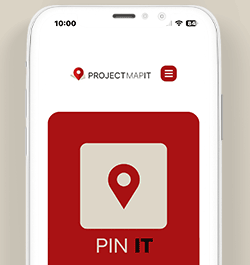




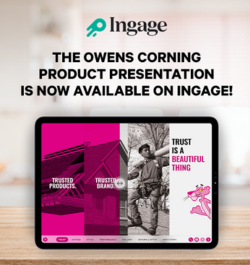

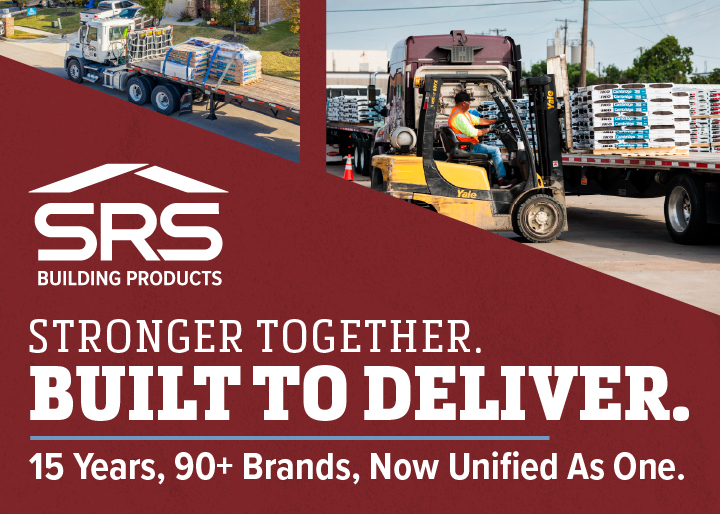
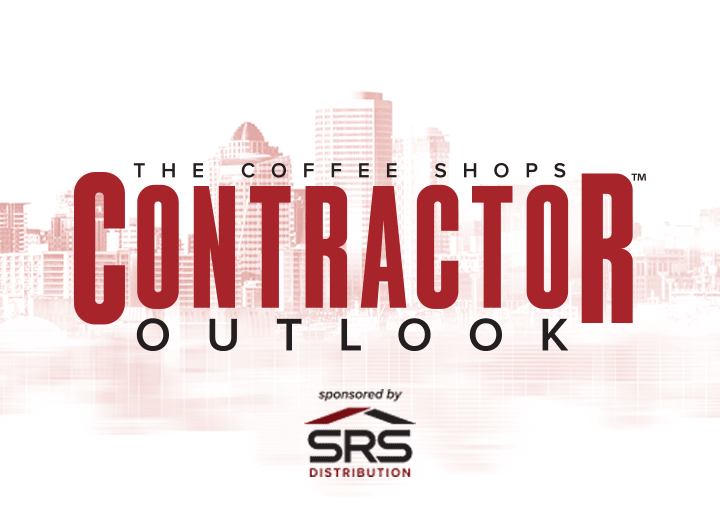

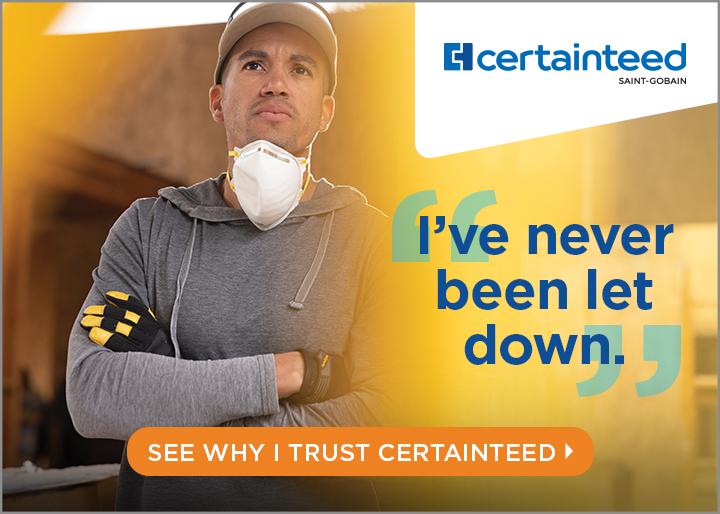
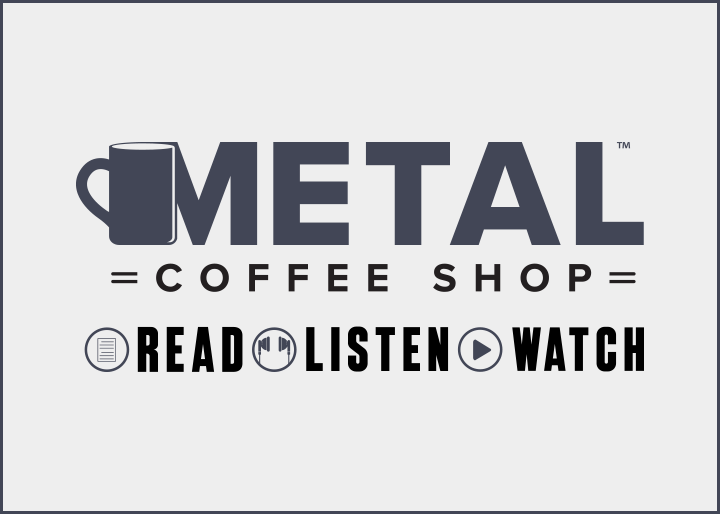
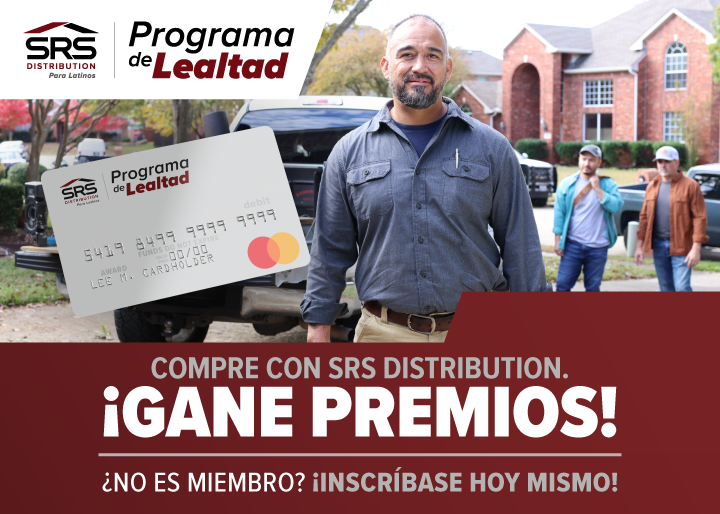
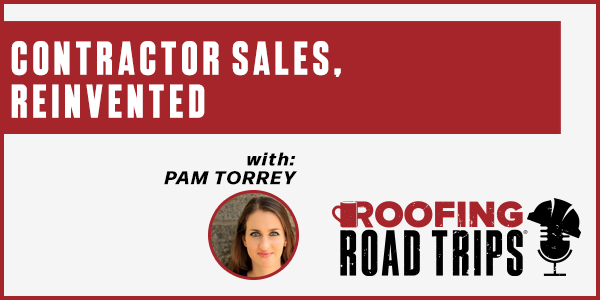
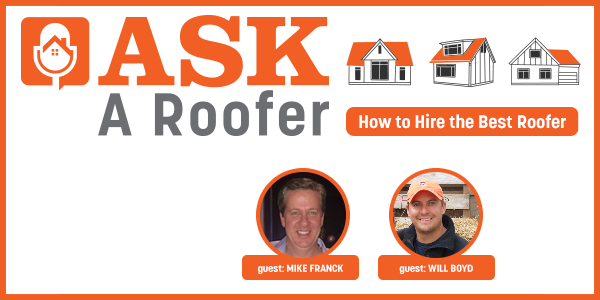



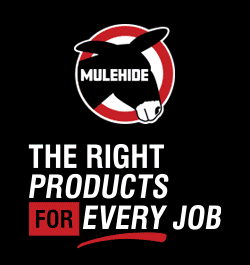
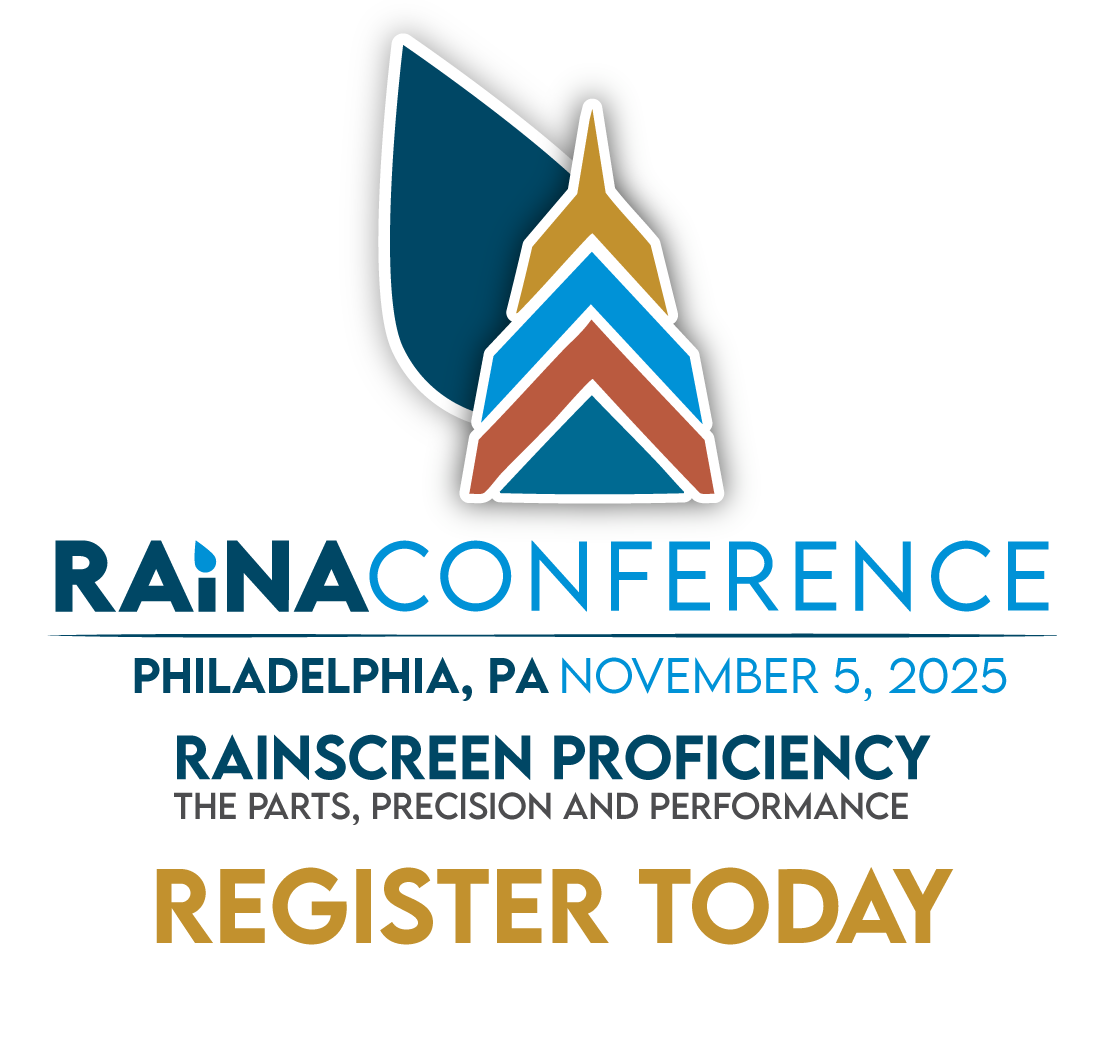


Comments
Leave a Reply
Have an account? Login to leave a comment!
Sign In